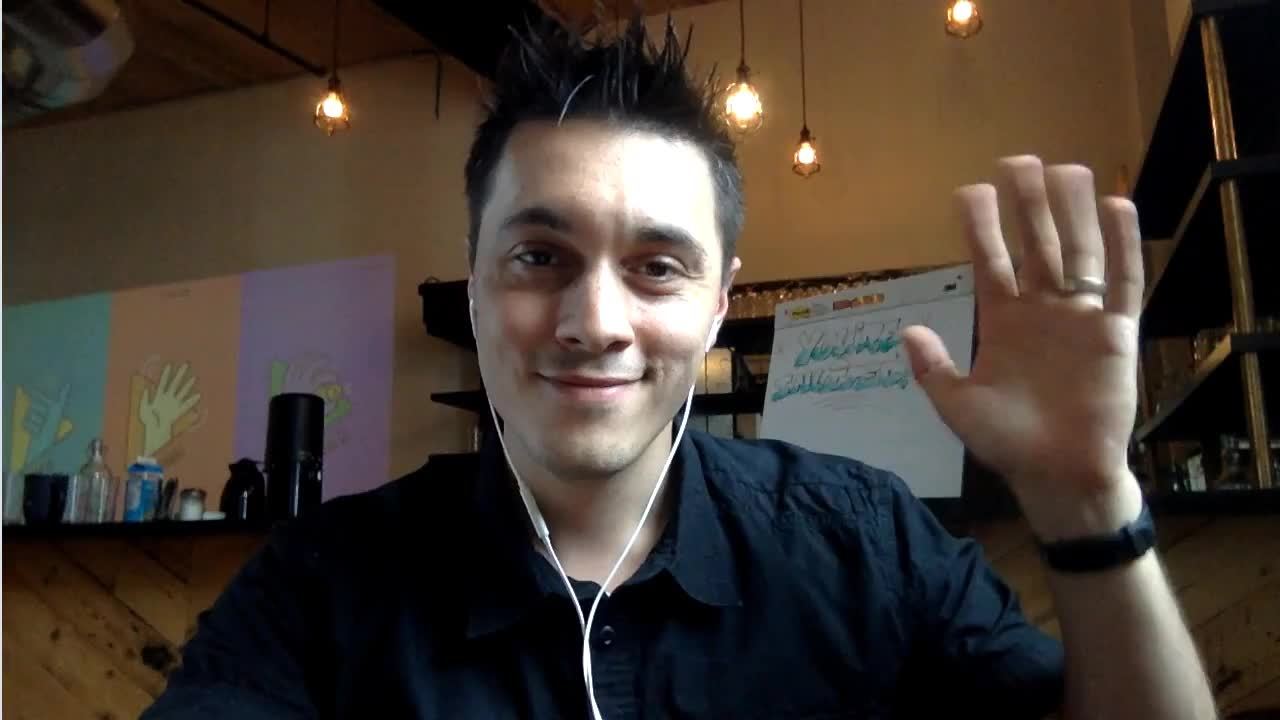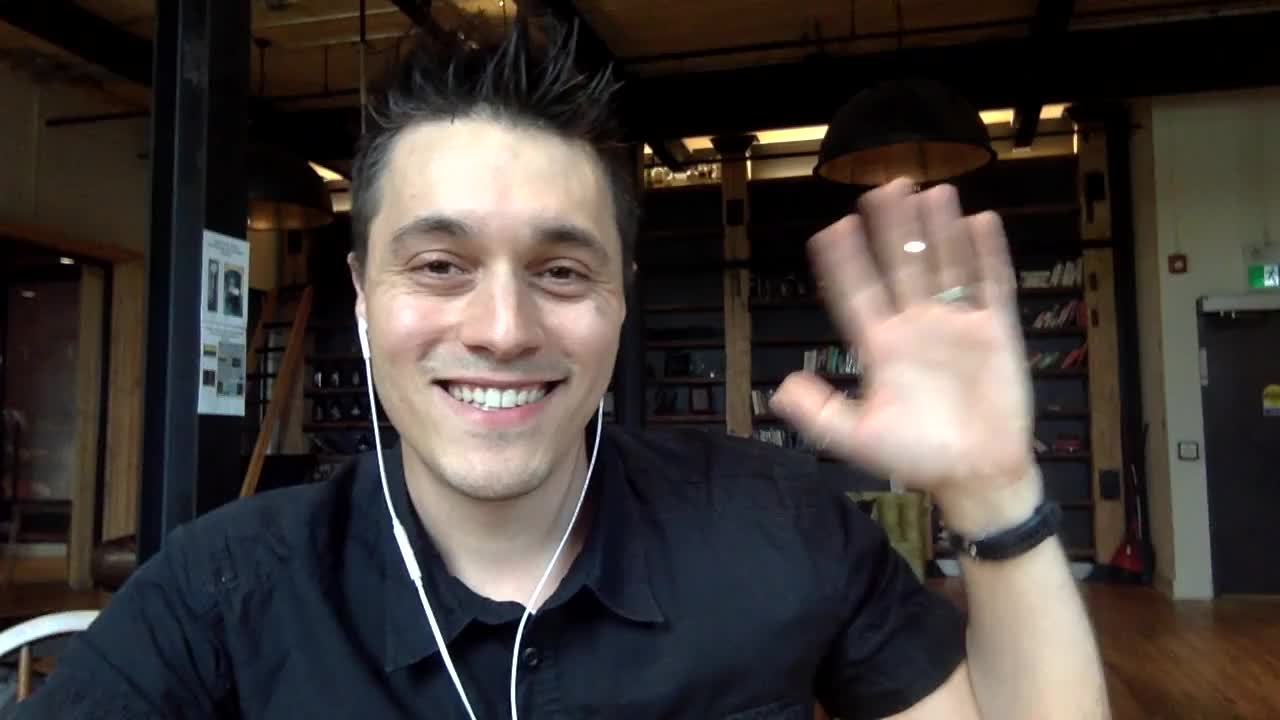We all know one-to-one video is highly effective for boosting click-through rates and getting an initial response from a prospect. Whether you use the whiteboard-and-wave webcam or screen share approach, video is proven to get up to 3x the response rate and 5x more meetings booked than boring text-based emails.
But once you’ve made that initial connection with a prospect, how do you continue to use video through the rest of the sales cycle? And how can you continue to add a personal touch while also making good use of your time?
Here are three tricks you can use to make video a regular part of your entire sales approach—at scale.
1. Work Qualified Opportunities and Re-engage Cold Ones
Video is a great tool for building relationships, so don’t stop using it after the initial cold prospecting phase. Instead, keep a list of qualified opportunities that you’ve already had contact with and stay in touch with video messages. The great news is there are a ton of situations where this can come in handy.
With so many contacts to meet in such a short time, conferences can be overwhelming! Sending follow-up video messages is the perfect way to solidify your new relationships and make them more fruitful. Not only will it show that you remember them and value the introduction, seeing your face will jog your contacts’ memories and keep the conversation going further than an email.
A video message is also a great way to stay top-of-mind after giving a demo or answering product queries. Let them know you’re thinking of them, and that you want to know if the information you provided was helpful. Seeing your face will remind them that you still care, and prompt them to respond to continue the relationship.
Depending on the situation, your list of opportunities might be very long. You might be thinking, how will I ever find time to make personal videos for 100 opportunities? But never fear! This method is all about efficiency.
At the start of your week, or immediately following an event that generated new leads, sort your list of contacts alphabetically by first name. Then create one video for each unique name, keeping the message generic enough that it works for any company.
For example, your video might say:
“Hi Ryan, great meeting you last week at ABC Con in Austin. I really enjoyed hearing about what your company is doing and how our solution might be a good fit. I wanted to follow up with a limited-time offer we’ve got going until the end of the quarter. Let’s talk.”
Send that video to all your contacts named Ryan, and then repeat for Marcus, Sherry, Julie, and all the other names you’ve got on the list.
If you’ve still got way too many names, you can create a generic message that’s special enough to make the receiver feel like the video was made just for them. This can work well as an event follow-up, but don’t feel like you need to wait until you’re back at your desk–there’s nothing wrong with sending a video from your mobile phone while you’re still on-site.

It can also be effective to prioritize your list based on who you know has engaged with your videos in the past. For example, target everybody who watched more than 50% of one of your videos in the past week. These people are more likely to engage again, moving them one step closer to a purchase.
You can use this same approach to revisit opportunities that have gone dark: “Hey, haven’t heard from you in a while…” Video is a great medium because it reminds the prospect that there’s a real human involved in the sales process, and that is hard to ignore.
2. Reduce and Reschedule No-Shows
Reduce no shows by showing your prospect that you’re a real person who treats their time as valuable—and value your own time with one easy hack.
Record five different videos, each referencing a different day of the week with a generic meeting reminder message. You might say, “Hey there, checking in before our meeting on Wednesday and I wanted to see if there are any additional resources you need prior to the call.”
Send that video to all the prospects you’ve booked for Wednesday, and repeat for the other days of the week. Adding your face to the calendar invite will encourage people to engage and deter them from leaving you hanging. These videos might look something like this…

Despite your smiling face and personal touch,, you’re still guaranteed some no-shows, and you can use video to follow up on those as well. With a mind for efficiency, you might opt for a generic recording like this:
“Hey, I’m just following up on our scheduled call. Wondering if something came up and hoping everything is okay? Let me know if you’d like to reschedule!”
Show them that you’re friendly, approachable, and ready to get to the point—and don’t forget to make it easy for your prospect to re-book with you by including a link to your calendar from the follow-up video itself, which reduces friction for the viewer. What’s their excuse now?
3. Keep Momentum and Get Stakeholder Consensus
Especially for businesses with longer deal cycles, keeping the momentum going on deals is key to getting them over the finish line. Use video to do regular check-ins and actively keep your solution top of mind.
For smaller accounts in your pipeline, a generic video might be a good way to maintain the benefits of video while giving yourself more time to dedicate to creating personal videos for key accounts and large deals.
Your generic video might say:
“Hi, I’m just checking in to see how things are going with your team. Let me know if there is any additional support I can provide to help you decide if this is the right solution for you.”
If there are common objections you encounter in your sales cycle, it’s worth it to create a video that addresses them specifically. You may even want to tag in a subject matter expert from your company to really cover your bases.
Keep the video in a shared folder as a resource for the rest of your team to access. When you send that video to your champion, combine it into a playlist with a brief custom introduction video. That helps you add a personal touch to a video you send over and over again.
Your intro video might go something like this:
“Hi, I just wanted to check in with you after our initial call. One of the common things I get asked about from companies like yours is whether our product does X, Y, and Z, so I’ve included some content in the next video to addresses that. Let me know if you have any questions!”
This video, combined with a more instructional or informational one, addresses specific concerns and can be easily shared around to other stakeholders involved in the purchase decision as they work towards a consensus.
For example, you might want to send a short product demo video with a personal introduction that your champion can easily share with their manager, like the one below.

Personal, one-to-one video outreach may be key to modern sales, but the reality is, there are times when a pre-recorded video gets the job done. Either way, using video throughout your sales process helps to maintain a human connection while building momentum and providing support. Be consistent with video and crush your quota every time.
The post Beyond Prospecting: How to Use Video in the Rest of Your Sales Process appeared first on Vidyard.
Read more: vidyard.com










